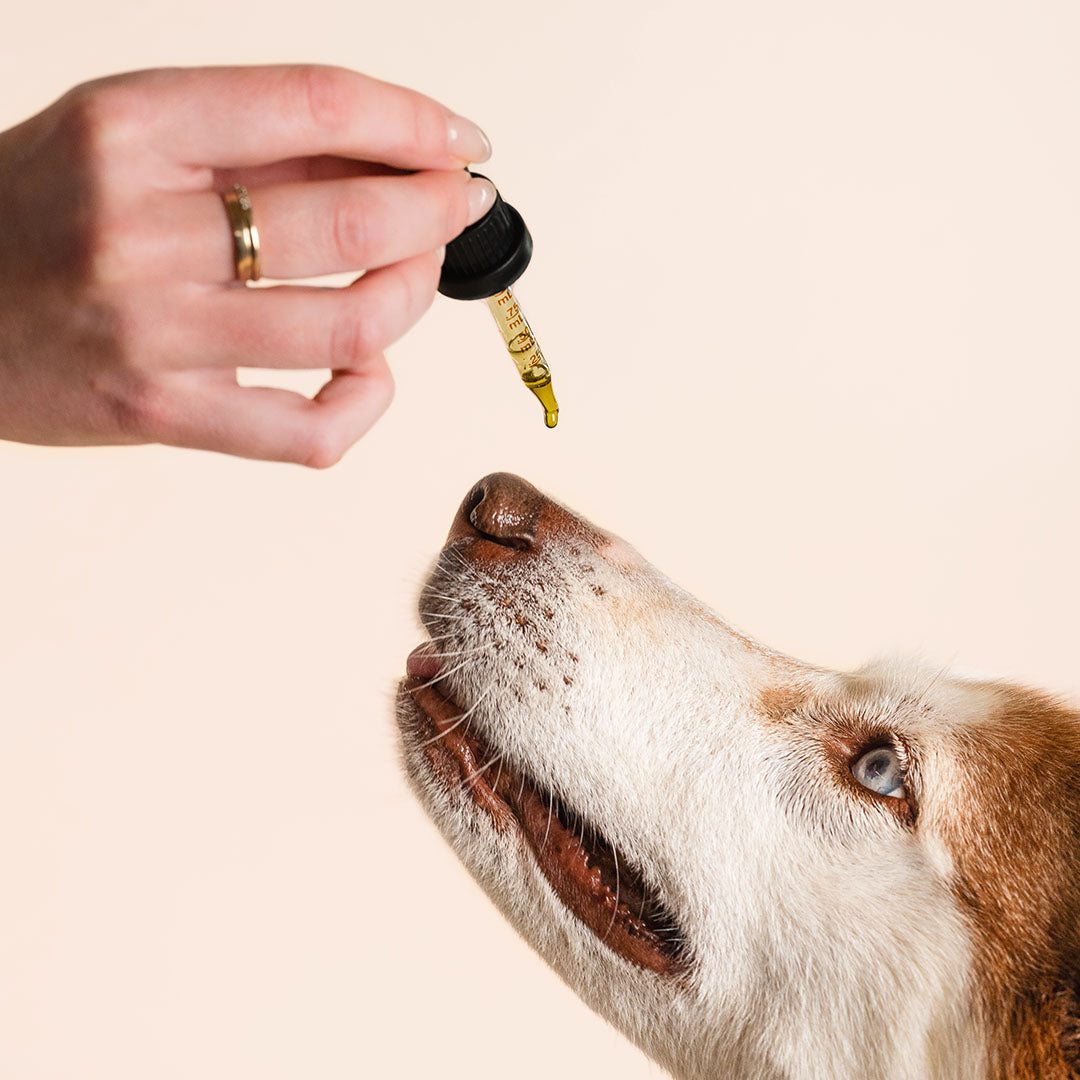Why do cats have seizures? Hopefully it's a head-scratcher, right? But the unfortunate truth is, seizures are possible in felines. Watching your kitty suddenly twitch and jerk can be downright alarming.
Feline seizures are quite common and can happen for a variety of reasons. There's a lot to unpack here, from quirky brain chemistry to serious underlying diseases. Stick around to learn what might be causing those shaky episodes and how you can get your bestie feeling better, stat.
What Is a Seizure in Cats?

A seizure in cats is like a mini storm in their brain: sudden, unpredictable, and wild. It happens when there's a temporary disruption in the brain's normal electrical activity. You might see your pet twitching, drooling, or stiffening up.
Most cat seizures are brief and don't cause long-term harm, but others may need urgent treatment. Here's a breakdown of the most common types:
- Focal Seizures (Partial Seizures). These affect only one part of the brain. Your cat might experience twitching or jerking in just one limb or side of the body. These are usually less intense and are considered minor seizures.
- Grand Mal Seizures (Generalized Seizures). These are more intense and affect the entire body. Your cat might lose consciousness, stiffen up, and experience violent muscle spasms.
- Petit Mal Seizures (Absence Seizures). These are shorter and less noticeable. Your pet might appear dazed or disoriented for a few seconds.
- Cluster Seizures. When multiple seizures happen in a short period of time, usually within a few hours. These require immediate veterinary care.
- Status Epilepticus. A dangerous situation where a cat's seizure lasts longer than 5 minutes or when repeated seizures happen without the animal regaining consciousness in between.
How Seizures Affect a Cat's Brain and Body
Seizures affect a cat's brain by disrupting its normal electrical signals, causing the body to react in unexpected ways. During a seizure, the brain's control over the muscles can go haywire, leading to uncontrollable movements.
In the body, the nervous system sends out signals that result in physical symptoms like stiffening or jerking. It's a lot for your furry companion to process, but the good news is that most seizures are short-lived and don't cause lasting harm when managed properly.
Are Seizures Common in All Cat Breeds?
Some breeds, like the Abyssinian and the Burmese, are more genetically inclined to have seizures, including those termed idiopathic epilepsy. But just because your cat isn't in one of these high-risk groups doesn't mean they're immune.
Feline seizures can also stem from underlying causes like head or brain trauma, infectious diseases, and kidney disease, among others. So, while breed matters, other factors come into play.
Why Do Some Cats Have Seizures?

It all boils down to different factors that mess with the brain's electrical signals. Sometimes it's genetic, sometimes it's due to an underlying medical condition, and other times it's caused by environmental factors.
Understanding what triggers seizure episodes can help you find the best way to manage them. Keep reading to learn more about what causes these events and what you can do to help your affected cat.
Genetic or Breed-Specific Risk Factors
Certain cat breeds have a higher chance of experiencing seizures. Felines such as the Abyssinian, Burmese, and Scottish Fold are more likely to experience seizures due to inherited traits.
Genetics can also play a role. Seizures can sometimes result from genetic disorders that affect brain function. If you notice some abnormal behavior in your pet, it might be worth considering their breed or family history.
Environmental or Dietary Triggers
Sometimes, toxins, such as those found in dog flea and tick medications, cleaning chemicals, and certain foods, are the culprit. Low blood sugar, caused by skipping meals or eating something they shouldn't, is another sneaky trigger.
Stress can also contribute to seizures in cats. A sudden surge in stress or agitation can throw off their brain activity, making them more susceptible to seizures.
Related Post: Signs of Stress In Cats
Helpful Tip: Calming solutions like HolistaPet's CBD for cats (crunchy treats, soft chews, oils, and capsules) may help soothe stress, fear, or nervousness in cats. Find more info on our website and chat with your vet to learn more.
Underlying Medical Conditions
Seizures are often a symptom of an underlying medical condition, such as epilepsy, kidney disease, and brain tumors. When the brain or other organs get compromised, it can trigger abnormal electrical activity, leading to seizures.
Idiopathic epilepsy is a common cause, where the cause is unknown, but the seizures persist. Other conditions, like liver disease or infections such as feline infectious peritonitis (FIP), can also cause seizure episodes. It's essential to rule out serious health problems with a vet's help to get the right seizure treatment.
Toxin Exposure and Ingested Substances
Certain plants, chemicals, or foods, such as onions and chocolate, can cause severe reactions in cats, including seizures. Medications intended for dogs, such as flea and tick treatments, can also harm our feline companions.
After ingesting something toxic, your cat's symptoms might include twitching, drooling, and loss of coordination. Keep dangerous substances out of reach and consult your vet if you suspect your pet has ingested something harmful. The quicker you act, the better for your cat's treatment.
Related Post: Plants That Are Toxic to Cats
Head Trauma or Previous Injury
If your pet has had an accident, a fall, or any head trauma, it could disrupt brain function and cause seizures. Even if the injury happened a while ago, the effects can linger, leading to sudden seizure episodes.
If your cat starts having seizures after a bump on the head, get them checked out by a vet immediately. Traumatic brain injuries can lead to ongoing seizure activity, and proper care is essential to avoid further brain damage.
What Does a Cat Seizure Look Like?

Some instances of cat seizures are mild, while others can be more intense. During a seizure activity, your kitty may experience uncontrollable muscle activity, twitching, and sometimes, loss of consciousness.
These episodes are typically short, lasting from a few seconds to a couple of minutes. Understanding what a seizure looks like is key to knowing when to step in and get help.
Physical Signs
When your cat has a seizure, you might notice several physical signs. Here's a quick rundown:
-
Twitching. Small, repetitive movements of the muscles, usually in the face or legs. Not to be confused with shivering from being cold or nervous.
-
Stiff Limbs. Your cat may stretch out and stiffen, often with their body rigid and unresponsive.
-
Drooling. Excess saliva or foaming at the mouth can result from muscle spasms.
-
Collapsing. In more intense seizures, your kitty might lose control and collapse to the ground.
These signs can vary from one cat to another, but any sudden, uncoordinated movement is a red flag. If your pet exhibits any of these during a seizure, monitor the duration and call the vet if it lasts too long.
Behavioral Changes Before or After a Seizure Episode
Seizures in cats can also cause noticeable changes in behavior before or after the event. These shifts are completely normal, but it's still important to monitor your furry friend closely.
In the pre-ictal phase (before the seizure), your pet might seem agitated, anxious, or restless. They may pace around, hide, or act strangely as a warning sign. After the seizure, during the post-ictal phase, your kitty could act disoriented, confused, or even a little wobbly. Some cats may seem unusually tired or withdrawn.
What To Do if You Think Your Cat Is Having a Seizure

If you think your cat is having a seizure, first, don't panic. Here's what you can do:
- Keep Your Cat Safe. Move objects away from your cat to prevent injury.
- Time the Seizure. Note how long the seizure activity lasts to help your vet determine the severity.
- Stay Away from the Mouth. Don't try to put your hands near their mouth, as this could result in a bite.
- Monitor and Record. Note any changes in your cat's behavior before and after the seizure. Also, indicate if it's your cat's first seizure or not. Was it a single seizure, or was it more than one seizure episode? These details matter.
Keeping Your Cat Safe and Avoiding Injury
During a seizure, your top priority should be keeping your cat safe. Make sure they're in a space where they can't hurt themselves. Move away any sharp objects or hard corners they could hit during the seizure.
While your cat is having a seizure, don't try to restrain them or hold them down. Instead, let the episode run its course and simply watch over them. Once it's over, check for any signs of injury and offer comfort.
Timing the Seizure and Observing Details
Use a clock or your phone to track how long the seizure lasts. If it goes on for more than a few minutes or if your kitty experiences recurrent seizures in a short period of time, it could be a medical emergency.
Also, note any unusual behaviors or changes, like the type of movement or areas of the body affected. The more details you can provide, the better equipped your vet will be to help your cat.
When To Call the Veterinarian Immediately
You should call the veterinarian immediately if your cat's seizure is the first of its kind, lasts more than 3 minutes, or occurs multiple times in a row. These can be signs that something more serious is going on.
If your pet doesn't regain consciousness after the seizure or has trouble breathing or staying balanced afterward, contact your vet right away. Quick intervention can make a huge difference in your kitty's recovery and overall health.
How Vets Diagnose the Cause of Cat Seizures
Your vet will start by asking for a detailed history of the seizures, including when they started, how often they occur, and what the seizure looks like. They might also perform a thorough physical examination and run some tests to rule out any underlying conditions, such as metabolic diseases, infections, or brain tumors. A proper diagnosis will help determine the cause of the episodes and the best plan of action to get your cat's seizures treated properly.
What To Expect From Exams and Tests
Expect a combination of physical exams and diagnostic tests. The vet will check for signs of underlying medical conditions. This often includes bloodwork to check organ function and urine tests to look for signs of infection or kidney problems.
In some cases, the vet may recommend imaging tests like an MRI or CT scan to get a closer look at the brain and rule out conditions like tumors or brain damage. These tests help your veterinarian determine if there's a treatable cause behind your pet's seizures.
Bloodwork, Imaging, and Health History Overview
Blood tests help rule out common triggers like kidney or liver disease, infections, and metabolic imbalances that could be contributing to the seizures. Your vet may also recommend imaging, such as an X-ray or MRI, to examine the brain and check for abnormalities like brain tumors and inflammation. By looking at your cat's health history and results from these exams, your vet can piece together the puzzle and determine the most likely cause of the seizures.
Final Thoughts – Why Seizures Occur in Cats
Seizures in cats can happen for many reasons, and understanding the cause is the first step in managing them effectively. Whether it's a genetic condition, an underlying health issue, or exposure to toxins, knowing what triggers the seizures is crucial for providing the best care. If your cat is experiencing seizures, seek veterinary care advice.







![Probiotics For Dogs [Soft Chews] - HolistaPet](http://www.holistapet.com/cdn/shop/files/Probiotic-Infographic-1_472d7a29-e30c-435a-9638-1365d8c3a9f9.jpg?v=1725384841&width=104)


























Leave a comment
All comments are moderated before being published.
This site is protected by hCaptcha and the hCaptcha Privacy Policy and Terms of Service apply.